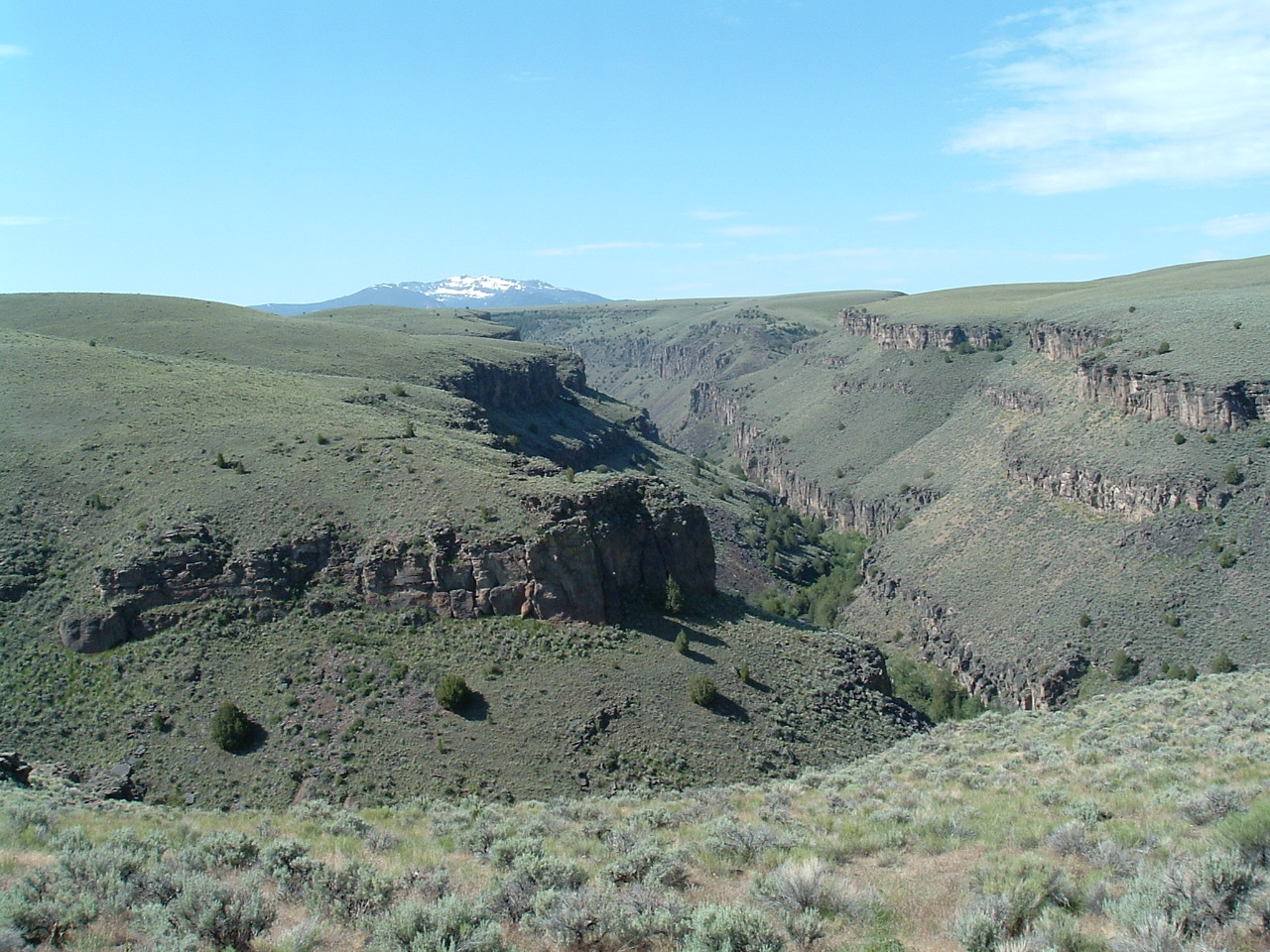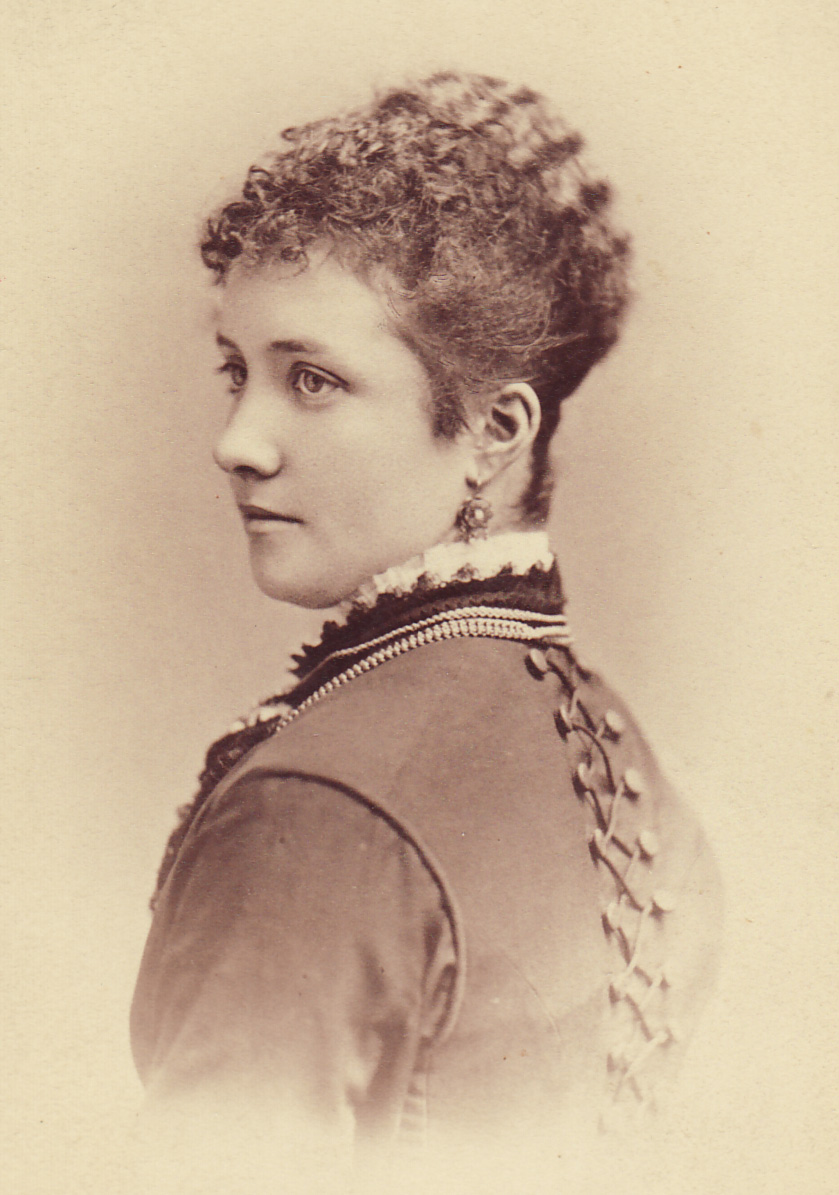Meeting Miss Kittie: My Friendship with Kittie Wilkins, the Horse Queen of Idaho
Philip A. Homan, Idaho State University, Pocatello, Idaho, USA

Figure 1. Paul Conway, Flat Creek, Owyhee County, Idaho, ca. 1910 (Philip A. Homan). Through his stories about her, my Great Uncle Paul Conway introduced me to Kittie Wilkins, the Horse Queen of Idaho.
Paul Conway used to talk about the herds of hundreds of horses that would thunder past his parents’ homestead in Owyhee County, Idaho, each spring and fall just after the turn of the twentieth century. The horses were herded by the 25 to 50 buckaroos riding each roundup for the Wilkins Horse Company. After rounding them up on the company’s range on the Wilkins Island and gathering them in the company’s corrals at the Wilkins Hot Springs, the men had to run the horses 75 miles north to the Wilkins home ranch in the Bruneau Valley, then, after swimming them across the Snake River, almost another 25 miles north to the Oregon Short Line Railroad station in Mountain Home, where, finally, they were loaded into the stock cars to be shipped to the livestock markets of Denver, Sioux City, Omaha, Kansas City, St. Louis, New Orleans, and Chicago.
The Wilkins Horse Company ran horses in some of the most rugged, most remote country in the American West. A high desert plateau of 160,000 acres over 6,000-feet in elevation in southern Owyhee County, Idaho, and northern Elko County, Nevada, the Wilkins Island lies beneath the Jarbidge Peak of the Jarbidge Mountains in the Jarbidge Wilderness, with seven peaks over 10,000 feet high, and nestles between the over 600-feet deep canyons of the Jarbidge River and its East Fork, which meet and run north to the Snake River. The Wilkins Hot Springs, now the resort settlement of Murphy Hot Springs, at the bottom of the canyon of the East Fork of the Jarbidge River, is within the Owyhee Canyonlands but just outside the new Bruneau-Jarbidge Rivers Wilderness. Moreover, with an area of 7,666 square miles, just a little less than the state of New Jersey, and a population density even today of 1.5 persons per square mile, Owyhee County is not only rural but still, by definition, a “frontier.”

Figure 2. East Fork of the Jarbidge River (Philip A. Homan). The 10,789-feet Jarbidge Peak (at back) of the Jarbidge Mountains and the deep canyons of the Jarbidge River and its East Fork (at front) made for an ideal corral for the Wilkins Horse Company’s herd of 10,000 horses running on the Wilkins Island range (at right), which helped make the company and its boss, Kittie Wilkins, famous.
Paul Conway remembered that the Wilkins Company’s horses and buckaroos were sometimes followed by a lady on sidesaddle dressed in a riding habit, the skirt covering her shoes. It was quite unlike the new divided riding skirts his older sisters wore. The lady used to stop to visit his mother on the homestead. She even gave him his first horse. She had her foreman rope a colt for him out of the herd. It made a big impression on the boy.
I recalled my Great Uncle Paul’s stories when I saw a portrait of Kittie Wilkins, the Horse Queen of Idaho, hanging in the Old Schoolhouse Museum in Silver City, the former Owyhee County seat, one summer in the late 1970s. The museum also had one of her traveling trunks, with its contents, on display. With her father, mother, and brothers, she was the owner of the Wilkins Horse Company and the boss of the company’s buckaroos. At its height, the company owned 10,000 range-bred horses, all branded with Wilkins’s famous Diamond brand. It was said to be the largest herd of horses owned by one family in the American West, and the Wilkins ranch to be the largest horse ranch in the country, indeed, one of largest in the world.
Kittie Wilkins was the public face of the Wilkins Horse Company. A woman of superlatives, she was said to be the only woman at the turn of the twentieth century whose sole occupation was as a horse dealer. There was hardly more masculine a career. The “Queen of Diamonds,” as she was also known, sold horses by the carloads, even the trainloads, in the livestock markets of the United States. Newspapers in cities along the Union Pacific and other railroads announced her arrival at the stockyards with headlines like “The Only One of Her Kind,” “She Is a New Type,” and “Is Consistent Womanhood.” Papers throughout the United States, even the world, spread the word about the Idaho girl who was America’s best judge of the quality and the value of horses and who was making a fortune selling them.

Figure 3. Kittie Wilkins, 1876, 2006.16.376 (Courtesy Owyhee County Historical Society). I recalled my Uncle Paul’s stories about Kittie Wilkins when I saw this portrait of her hanging in the Old Schoolhouse Museum in Silver City, Idaho, in the late 1970s. It was taken in San Francisco in 1876, shortly before her graduation from the College of Notre Dame in San Jose as a piano major.
In spite of all her publicity, however, Kittie Wilkins was the opposite of what the newspaper reporters expected. She didn’t fit the stereotype of the New Woman of the turn of the twentieth century. A “thoroughly womanly woman,” as the newspapers called her, she was a different type of the New Woman. She eschewed the rough end of ranching, for which she always gave credit to her father and brothers. As she told the Denver Post during an interview in 1898, “Next to petting my favorite horses, I like nothing better than to sit down at my piano and let my fingers drift along the keys until I have exhausted my entire repertoire.”
Moreover, Kittie Wilkins rode the range, indeed, but on sidesaddle, not astride. She hated bicycles—that symbol of the New Woman—as much because they were unladylike as for their harm to the horse market. Solidly Victorian, she subscribed to many of the tenets of the so-called Cult of True Womanhood. In short, she had the education, charm, style, tastes, and prejudices of the typical turn-of-the-century wealthy, cultured, urban woman of the metropolitan East. She simply preferred life as a single woman on a ranch in Idaho, which she called “the most independent life on earth.”
In fact, Kittie Wilkins was the media darling of the turn-of-the-century American West, becoming the very model of the Western American woman for newspaper readers in the country and the world. Today, however, she is almost unknown outside Owyhee County. Therefore, when I returned home to Idaho, after 15 years in New York City, to accept my current faculty position at Idaho State University, and began running into references to Wilkins, I decided to try writing the first scholarly biography of her.
My research has not been easy. Almost nothing tangible of the life of Kittie Wilkins has survived. Among her only things at the Idaho State Historical Museum are a petticoat, a parasol, a branding iron, and a sidesaddle—a meager but nevertheless ironic, and telling, collection—perhaps no better a testimony to her uniqueness in rural women’s history, even in women’s history, as a woman who shattered all stereotypes. Indeed, the Idaho Horse Queen is one of the most interesting women I’ve ever met. I’m grateful to my Uncle Paul Conway for introducing her to me. It’s thanks to him that my friendship with her began.
Further Reading:
Homan, P. A. (2010, April 4). The Queen Mother of rodeo. Idaho State Journal, pp. C1, C4.
Homan P. A. (2009, August). Murphy Hot Springs: This desert oasis gateway to gold has captivated visitors for a century. Idaho Magazine, 8(11), 32-41.
Homan, P. A. (2008, December). Queen of horses, part II: How Kittie Wilkins became a media darling of the West. Idaho Magazine, 8(3), 44-49.
Homan, P. A. (2008, October). Queen of horses: Little-known now, Kittie Wilkins in her day was America’s most famous Western woman. Idaho Magazine, 8(1), 18-23.
Homan, P. A. (2008, May 18). History from the bottom up: Researching Idaho’s “Horse Queen” a combination of hard work, serendipity. Idaho State Journal, p. C1.
Biographical Note:
Philip A. Homan is an associate professor at Idaho State University, Pocatello, Idaho, and Instruction Librarian at ISU’s Eli M. Oboler Library. He teaches information literacy in ISU’s General Education Program. He is also a Ph.D. student in ISU’s Department of English and Philosophy, focusing on the literature and history of the New Woman of the turn-of-the-twentieth-century American West. A fifth-generation Idahoan, Homan is writing the first biography of Kittie Wilkins, the Idaho Horse Queen.

Really interesting woman, Kittie Wilkins. Enjoyed reading about her.
Sandy Kay P.